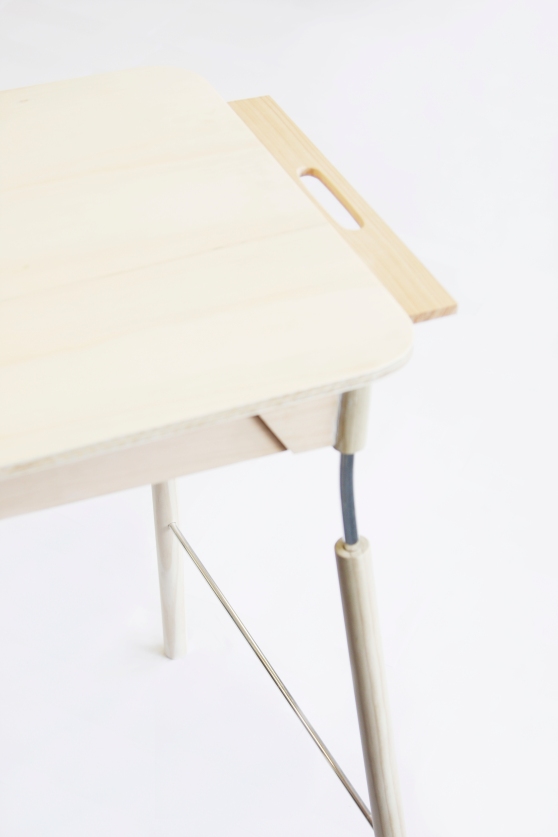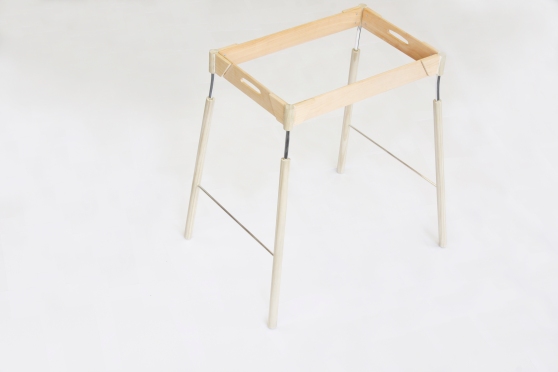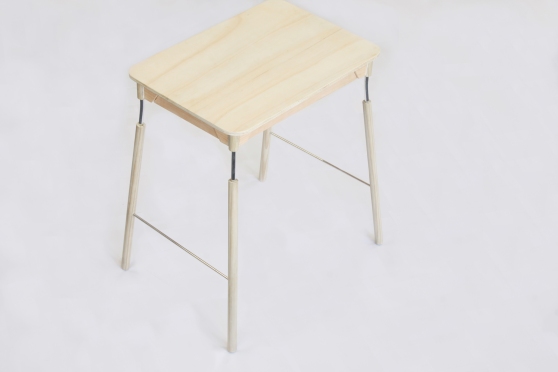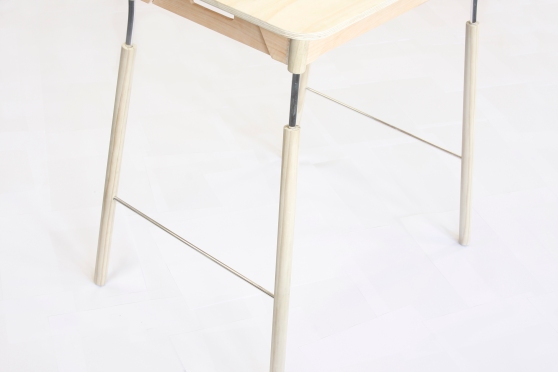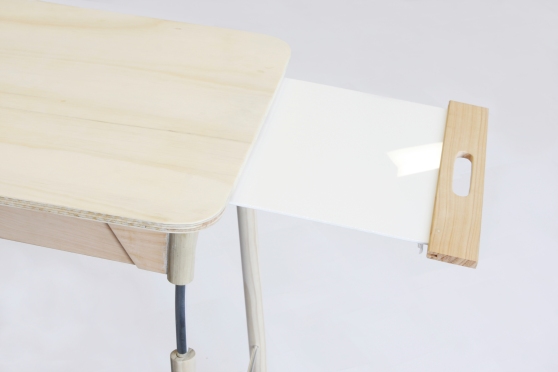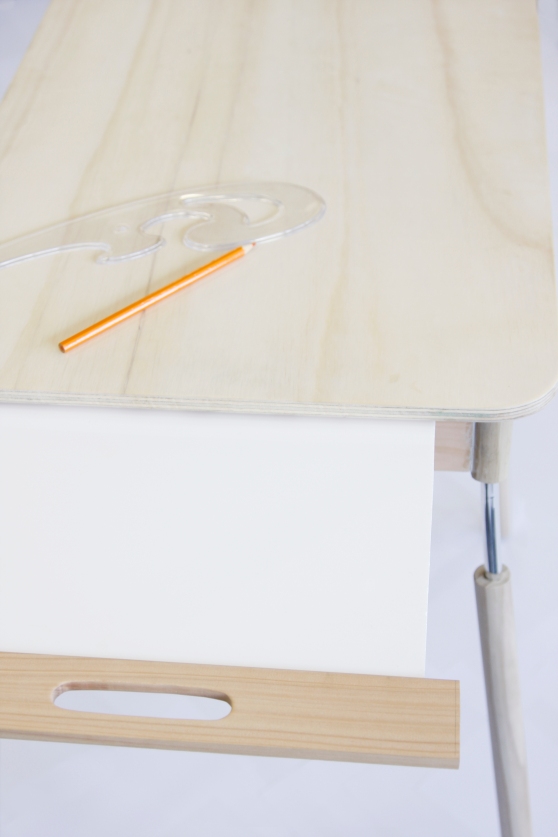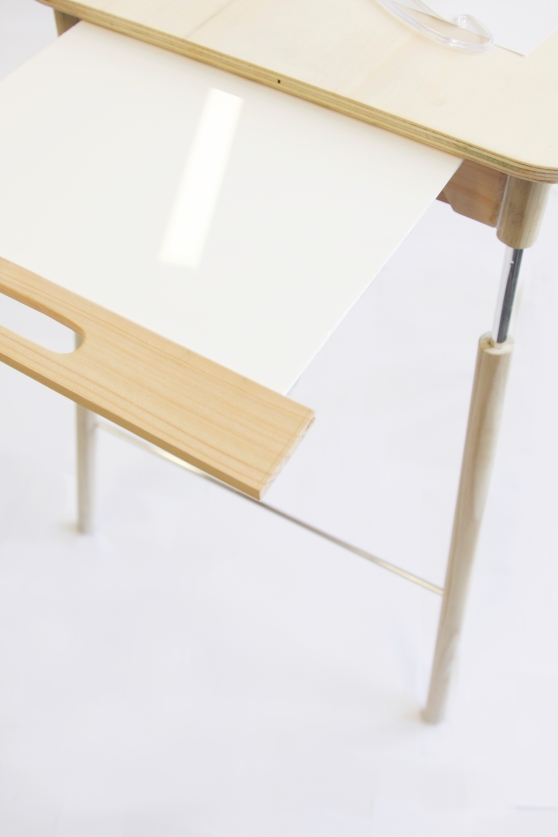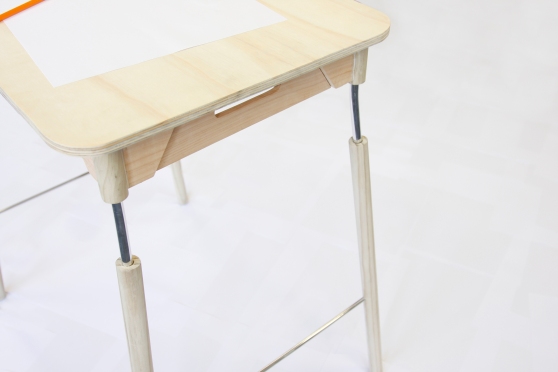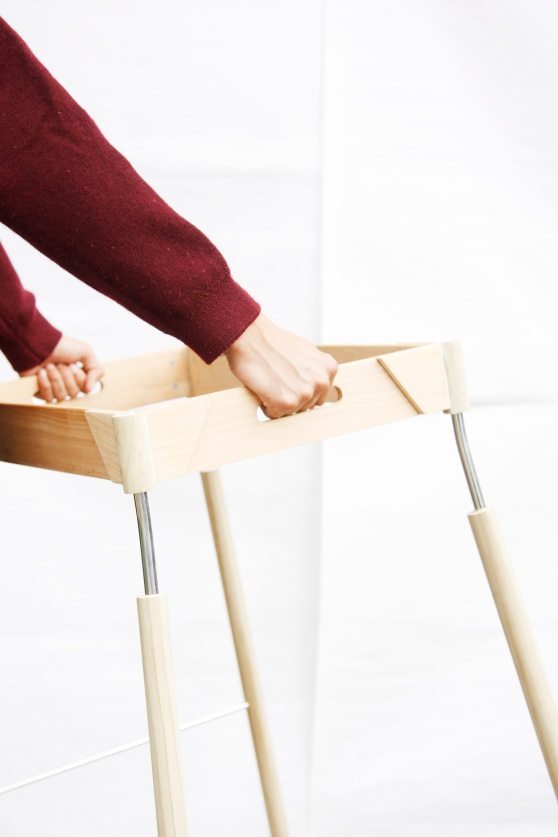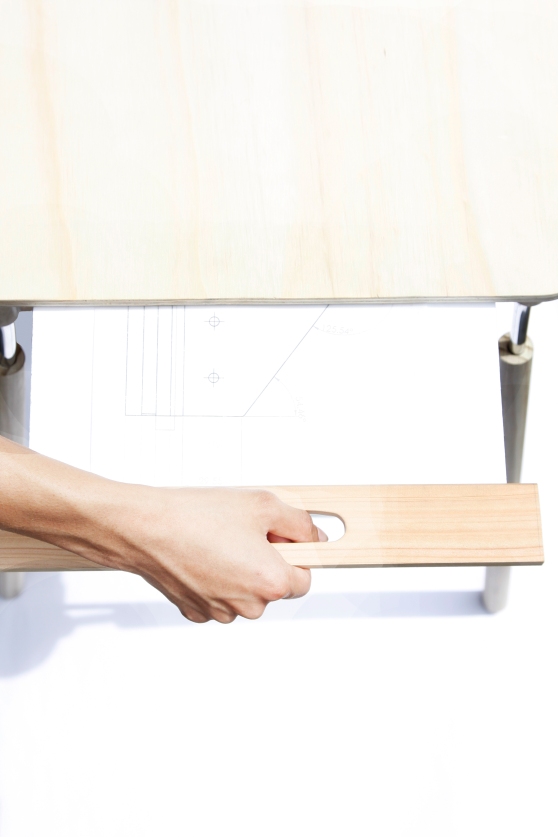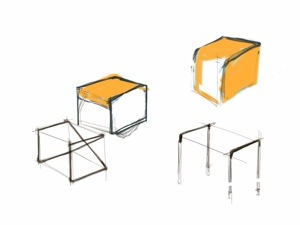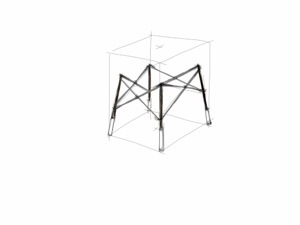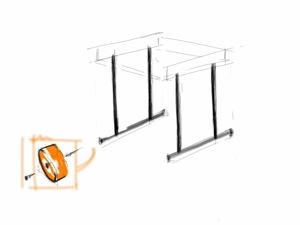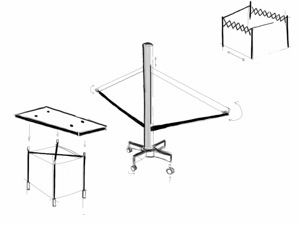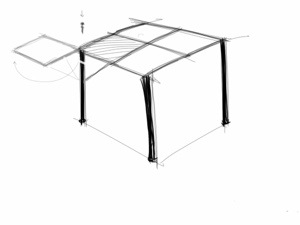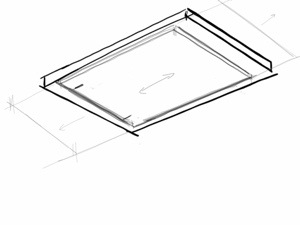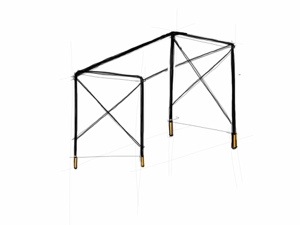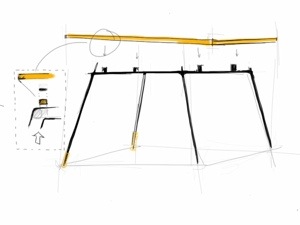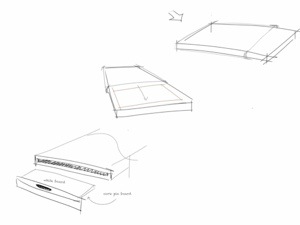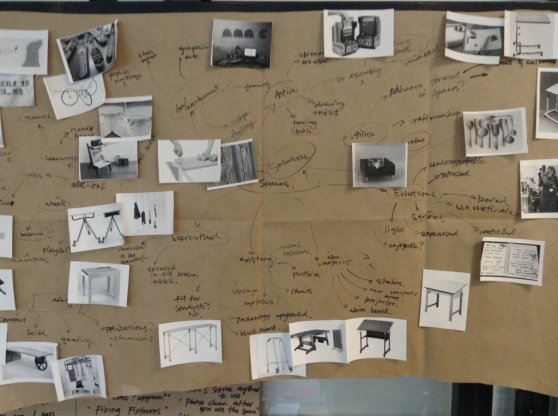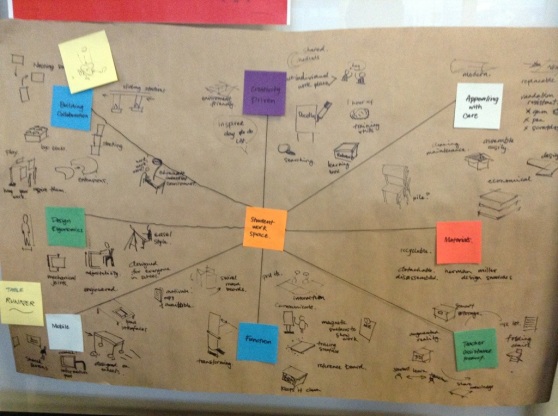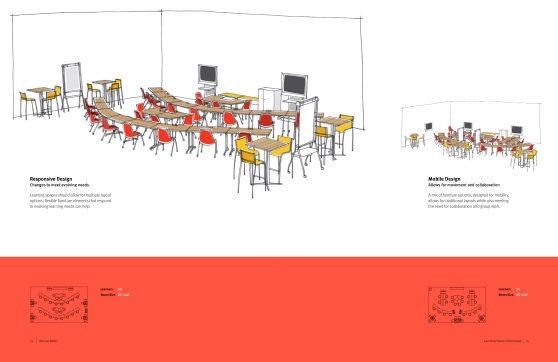- “If learning is active and knowledge is constructed, then classrooms may need to be designed differently than they were in 1900”
- “However, the internet has changed notion of place, time, and space. Space is no longer just physical; it incorporates the virtual. New methods of teaching and learning, based on an improved understanding of cognition, have emerged, as well. As a result, the notion of a classroom has expanded and evolved; the space need no longer be defined by the “the class” but by learning”
- “Learning spaces convey an image of the institution’s philosophy about teaching and learning…may represent a philosophy of “pouring content into students’ heads”
Leading the transition from classrooms to learning spaces, (2004). http://net.educause.edu/ir/library/pdf/NLI0447.pdf
- “Since students do their ‘thinking’…In addition, students can view/critique each other’s boards while working or as a tool for presentation to the entire class”
- “Studio/workshop classes… This format has several advantages over the traditional lecture/laboratory format. Since the entire class is taught in the same room with the same students and instructors in each class, all activities, including laboratory, can be arranged to build on another in sequence for greater learning impact”
- “Indeed, so much is changing that we are forced to use a broader term like learning spaces to capture this wider range of venues for teaching and learning”
Brown, M., & Lippincott. J., (2003) Learning Spaces: More than meets the eye http://net.educause.edu/ir/library/pdf/eqm0312.pdf
- “Once we decided on the table shape,we tested diameters of 6, 7, 9, and 10 feet. Although interviews and class observations revealed the students’ preferences for the larger tables, we found they did not facilitate between-group discussions”
Beichner, R., & Saul, J., (2003) Introduction to the SCALE-UP: Student-centered activities for large enrollment undergraduate programs, Italy, Varenna http://www.ncsu.edu/per/Articles/Varenna_SCALEUP_Paper.pdf
Sloane, P., (2003) The leader’s guide to lateral thinking skills. Great Britain and United States: Kogan Page Limited.
—————————————————————————————————————————————————————————————————
- Unfortunately, this is how many children feel every day in their classrooms. Whether it’s because the chairs are too big or too small, the aisles too narrow, the tables too low, or the displays too high, the message is clear: “This room was not made for you.”
- The sad fact is that most classroom spaces are far from ideal. Perhaps they were originally designed and built with little or no consultation with the teachers who would be working in them. Or maybe they were designed for another purpose, or with tight budgetary restrictions. And while teachers probably won’t be able to transform an inadequate classroom space into an ideal one, they can make dramatic improvements.
Make the Classroom Fit the Children’s Bodies
Too many times I have watched students struggle with attention and behavior problems that were clearly the result of being in spaces that were too small, too crowded, or otherwise unsuited to their physical size.
- Choose desks, tables, and chairs that fit the children. Check out school furniture catalogues that offer standard height and width calculations based on grade ranges. Also, consider making modifications to the furniture you currently have.
- Plan enough space for table work. Keep in mind that when children sit at a table to work, they need “elbow room” and space to spread out materials.
- Determine where to locate display areas. Displays meant for children should be at their eye level whenever possible.
- Plan passageways—the aisles children use to move about the room. In general, a passageway should allow two children to walk past each other comfortably.
Plan for Children’s Special Needs
It is essential that teachers consider how the classroom design will accommodate children with special needs and help them to feel a sense of belonging in the community. To learn about a child’s needs from many perspectives, begin by having a conversation with the child, the child’s family, and the team that is developing the child’s education plan.
Furniture
- All furniture should have at least one clear purpose—and preferably more than one—that is relevant to children’s development and the curriculum.
- All furniture should be actively used for some part of each day—and preferably for most of each day.
- Children should be able to move safely and easily around any furniture in the room.
- All furniture should be easy to clean and allow for easy cleaning of the room.
- All furniture should be in good condition and be safe for children to use.
https://www.responsiveclassroom.org/article/classroom-spaces-work
Within certain reasonable boundaries, there are likely not right or wrong decisions; but there are decisions that do or do not align with the learning organization’s goals, mission, vision and values; as well as decisions that may or may not support an individual teacher’s personal identity, educational philosophy and goals for the learning environment.
If you are an educator, consider the following ten “design decisions” and how they do or do not align with your own goals and organization’s mission and core values. These are not necessarily distinct categories. Many classrooms, for example, blend them or even redesign the classroom space at different times of the school year.
1) Disciplinary Decor – This approach seeks to fill the room with visuals that focus upon the primary subject or discipline that learners study in the course. It can range from posters and key quotes (focused on American history or physics, for example), or it can go so far as to create an entire Disney-esque theme room: a medieval library (history or English), King Arthur’s round table (seminary for English), a rain forest (science), an office for a newspaper or magazine (journalism / writing) a or an architectural firm (geometry).
2) Truth, Beauty & Goodness – This approach may continue a theme that focuses upon a specific discipline, but other aspects of the space also seek to demonstrate connections across disciplines, all with the broad focus of highlighting art, quotes, and other artifacts that direct students to that which is true, good, and beautiful; the threefold focus of one grounded in a liberal arts understanding of the world.
3) Teacher’s Interests, Credentials and/or Style – This is common in many of the middle and high school classes that I visit, as well as the offices of University professors. It may include framed diplomas, family photos, and memorabilia related to the teacher’s favorite athletic teams, musical preferences, hobbies, and other interests. It is a way for the teacher to share a bit of self with the class. At the same time, some argue that this places the focus upon the teacher, and it does little to invite the students into an educational conversation. It “brands” the room as Mr. or Mrs. _______’s room, but what does it do to make it a place of deep and meaningful learning? Proponents argue that it serves an important purpose of building positive relationships with the students.
4) The Classroom Canvas – This approach leaves the classroom largely blank at the beginning of the year, but with some items that invite/guide the students in contributing elements to the visual experience of the room. There might be a space for students to bring and post their favorite quotes about something related to the subject, or to engage in simple “show and tell” exercises where they bring an image of a relevant figure, or they help to find relevant art and other visuals in order to decorate the room. I have seen this done where the teacher leaves the classroom canvas almost entirely open to student choice. I have seen others where the teacher provides parameter’s to thedecorating exercise. It can be done all at once in the first week or two of the class, or it can be done gradually, having students add artifacts as they progress through different units in the course. One benefit of this approach is that the space becomes a sort of visual log or journal of the class learning journey.
5) Graphic Organizer’s and Learning Tools – This approach, like the disciplinary approach, also keeps the focus upon the area of study. However, this one seeks to fill the walls with items that aid in student learning: timelines (filled out or that the class fills out as the year progresses), lists of key concepts and terms, taxonomies, compare and contrast charts (completed or filled out as the class progresses), tips for success (related to a critical skills in the class like research, writing an essay, reading for understanding, etc.), Venn Diagrams, maps, and any number of infographics that help students connect the dots in one or more aspects of the course. The teacher(s) and students then use and reference these items throughout the school year.
6) Connecting School-wide Goals and Values with the Individual Course – It is easy for students to see school as a collection of largely disconnected courses. In addition, students in many schools are not even aware of that the school likely has school-wide goals, things that all graduates are expected to know or be able to do upon graduation. Instead, they just see school as passing a list of required classes. To combat this and promote a more holistic understanding of the learning goals in a school, some teachers create visual reminders in their room. They might post the school-wide goals, the mission statement, and possibly the core values. They might also add quotes and images that help students to see how the specific course or content area fits into and supports these overarching school elements. If enough teachers join in this effort, it can be a powerful means of developing a shared vocabulary, and a common vision. It can even aid in cultivating a distinct educational ethos throughout the school.
7) The Student Hall of Fame – This approach highlight the people who came before the current students. It might include examples of previous student’s best work, what they are doing now, short quotes and words of advice written to the current students, and explanations of how & what they learned in the class helped them later in life.
8) Etch a Sketch – If you have used one of these toys, then you know it is a device that lets you draw something and then erase it quickly in order to draw something new. This is the same concept behind the etch a sketch classroom, creating a room that is largely a blank slate. Instead, it is rich with whiteboards, interactive whiteboards, and other surfaces that allow the teacher(s) and students to brainstorm, draw, design, erase and start all over again the next day, week, unit, or month. In the digital age, where 1:1 environments are more common, some teachers leverage the devices for this part of the classroom experience, freeing up the walls for one of the other elements. Still others like this approach because it is flexible, tactile, dynamic, and like The classroom canvas approach, students help to create the visual experience.
9) The Interactive Classroom – This approach may blend with any one of the others, but it seeks to cultivate space(s) and an experience that is multi-sensory and invites students to interact with the space/items. This might range from creating dedicated centers for different student activities to designing the room a bit like an interactive science museum or library: books and other technologies that students can borrow, unique items they can hold and manipulate, discipline-specific brain teasers…things that engage the mind and senses. It also allows the teachers to hide (in plain sight) artifacts and objects that they will use at later units in the course for object lessons, tools for labs and experiments, etc.
10) Inspiration & Encouragement – This room does not focus upon a specific theme or discipline as much as it focuses upon attributes of a successful learner. This is the room with quotes, posters and other artifacts that encourage and inspire students to persevere, work hard, be a person of character and integrity, or to set high goals and strive for excellence. This might connect with any number of the previous approaches (especially the Hall of Fame, The School-Wide Goals focus, or the Disciplinary Room).
Ultimately, when it comes to setting up the physical space, the goal is to create a room that encourages and invites the students into deep and meaningful learning, and any of these approaches can help, including a blend of several of them. Perhaps you have experienced or tried one or more of these. If so, please consider sharing your thoughts and experiences in a comment or by sending me a quick message.
http://etale.org/main/2013/08/10/10-ideas-for-designing-an-engaging-classroom-space/
